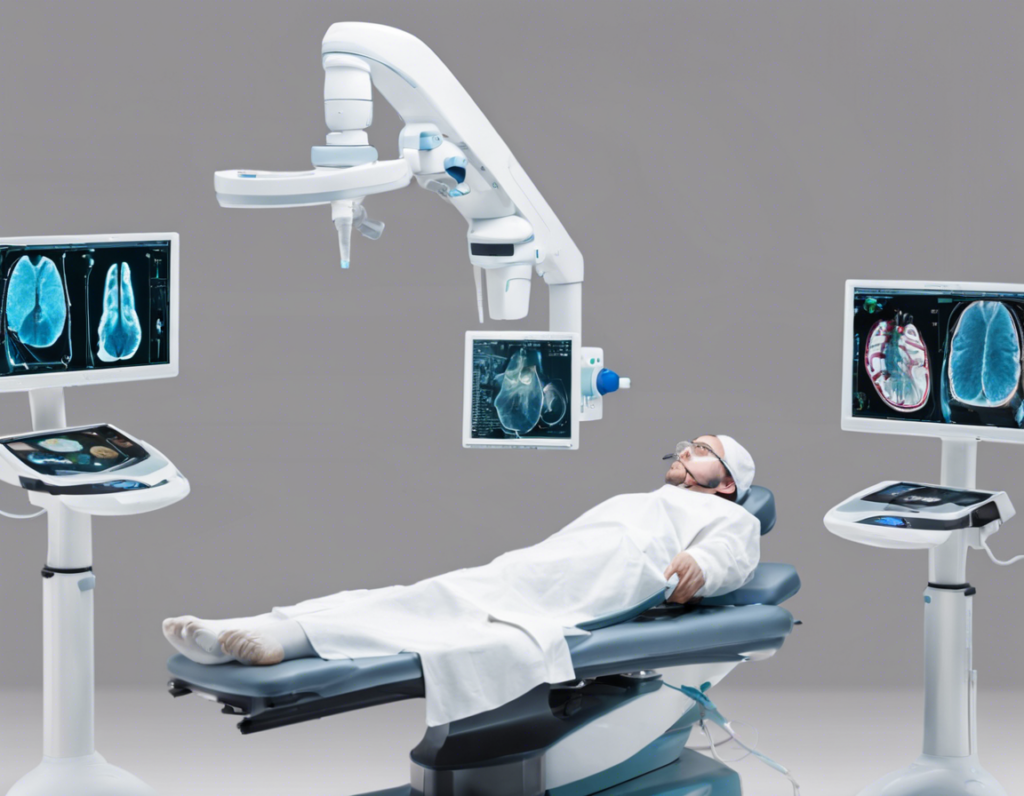Introduction
Extended Reality in Surgical Science
Surgical procedures require precision, accuracy, and comprehensive understanding of complex anatomical structures. The integration of technology in healthcare has led to advancements that aim to improve surgical outcomes. Extended Reality (XR), which encompasses Virtual Reality (VR), Augmented Reality (AR), and Mixed Reality (MR), presents significant opportunities to enhance surgical science.
Benefits of Extended Reality in Surgical Training
1. Enhanced Visualization: XR technologies provide 3D visualizations of anatomical structures, allowing surgeons to explore and understand complex relationships before entering the operating room.
2. Improved Spatial Awareness: By overlaying virtual elements onto the real world, AR helps in improving the surgeon’s spatial perception during procedures, reducing errors and enhancing precision.
3. Simulation-Based Training: XR enables simulation of surgical procedures, creating a risk-free environment for trainees to practice and refine their skills before working on real patients.
4. Remote Collaboration: XR allows for real-time collaboration among multiple experts regardless of their physical location, facilitating knowledge sharing and collective decision-making.
5. Patient-Specific Preoperative Planning: Through virtual reconstructions of patient-specific anatomy, XR aids in preoperative planning by providing surgeons with a detailed roadmap for the surgical procedure.
Applications of Extended Reality in Surgical Practice
1. Navigation Assistance: AR can provide real-time guidance during surgeries, assisting surgeons in locating anatomical structures and critical points accurately.
2. Precision Surgery: VR simulations allow surgeons to plan complex procedures with a high level of accuracy, reducing the risk of errors during surgery.
3. Education and Training: XR platforms serve as valuable tools for training medical students, residents, and practicing surgeons, offering a hands-on learning experience in a controlled environment.
4. Patient Education: XR can be used to educate patients about their condition, treatment options, and surgical procedures, enhancing communication and understanding between healthcare providers and patients.
Challenges and Considerations
1. Cost: Implementing XR systems in surgical practice can be costly, requiring investments in hardware, software, and training.
2. Integration with existing workflows: Integrating XR technologies seamlessly into existing surgical workflows may pose technical challenges and require additional training for healthcare professionals.
3. Data Security: Protecting patient data and ensuring compliance with privacy regulations is crucial when using XR applications in healthcare settings.
4. Regulatory Approval: Ensuring that XR applications meet regulatory standards and guidelines for medical devices is essential to guarantee patient safety and adherence to legal requirements.
Future Directions and Potential Impact
As XR technologies continue to evolve and become more accessible, the potential benefits for surgical science are vast. From improving surgical training and education to enhancing patient outcomes and revolutionizing surgical procedures, XR has the potential to transform the landscape of healthcare.
Conclusion
Extended Reality offers a promising avenue for enhancing surgical science by providing innovative solutions for training, planning, and performing surgical procedures. While challenges exist in integrating XR into existing practices, the benefits it brings in terms of enhanced visualization, spatial awareness, and collaborative opportunities make it a valuable addition to the field of healthcare. As technology advances and adoption rates increase, the future of surgical science augmented by XR looks promising.
FAQs:
1. What is Extended Reality (XR)?
Extended Reality (XR) is an umbrella term that includes Virtual Reality (VR), Augmented Reality (AR), and Mixed Reality (MR) technologies, offering immersive and interactive experiences by blending the physical and virtual worlds.
2. How is XR used in surgical training?
XR is used in surgical training to provide 3D visualizations of anatomical structures, simulate surgical procedures, improve spatial awareness, and offer hands-on learning experiences in a controlled environment.
3. What are the benefits of XR in patient-specific preoperative planning?
XR aids in patient-specific preoperative planning by creating virtual reconstructions of individual anatomy, allowing surgeons to visualize surgical procedures, identify potential challenges, and optimize treatment strategies.
4. How does XR assist in precision surgery?
XR technologies, such as VR simulations, enable surgeons to plan complex procedures with a high level of accuracy, reducing the risk of errors and improving surgical outcomes through detailed preoperative rehearsals.
5. What are some challenges associated with implementing XR in surgical practice?
Challenges include the initial cost of XR systems, integration with existing workflows, data security concerns, and regulatory approval requirements to ensure compliance with medical device regulations and patient data protection laws.
